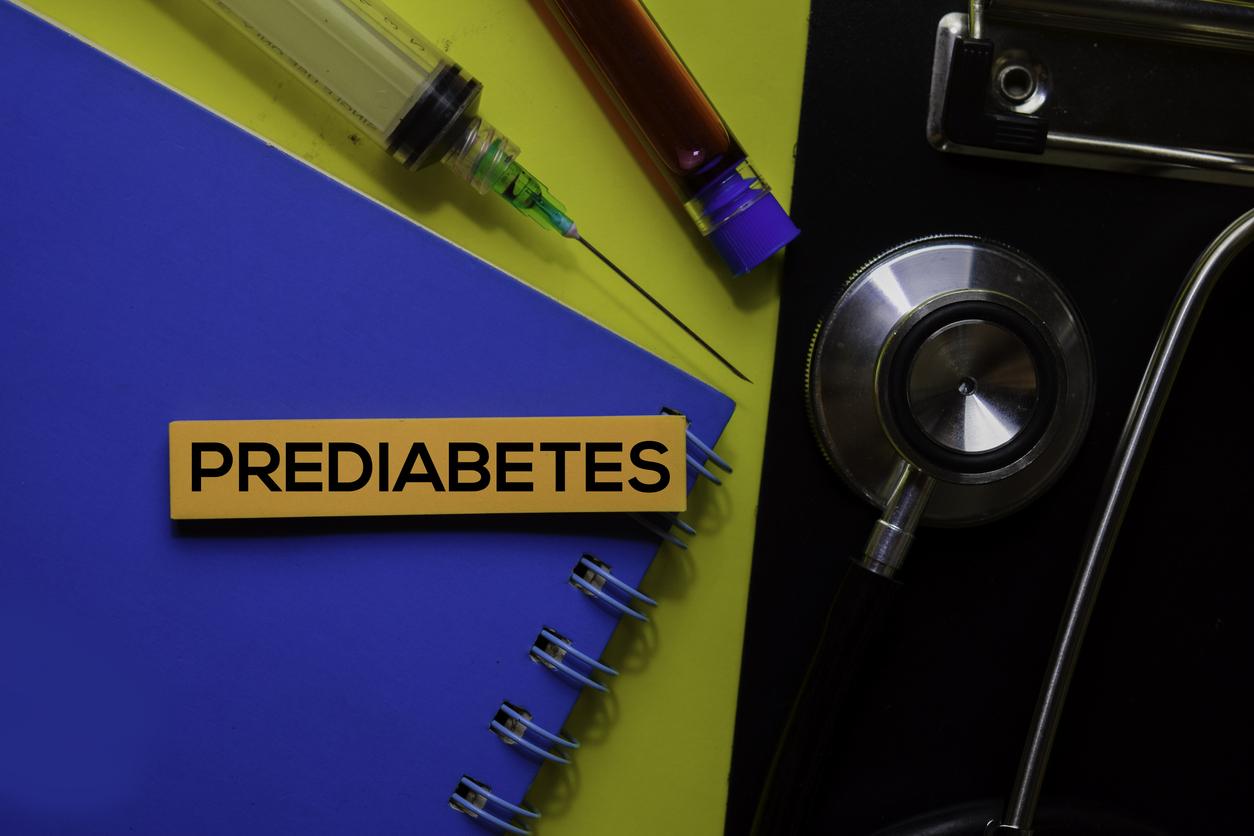
Patients and GPs underestimate eye disease
Almost 90 percent of the Dutch have never heard of it: macular degeneration. Yet this eye condition is the leading cause of severe visual impairment. It can sometimes be treated well, but you have to act quickly. How do you recognize it and what can you do about it?
It has nothing to do with arrogance; that people with macular degeneration do not greet their acquaintances on the street because they do not recognize their faces. Putting on glasses does not help against the gray haze that lies over the center of their field of vision. That ‘grey spot’ is getting bigger and bigger and eventually patients can become so severely visually impaired that they can no longer drive, read or watch television.
Macular degeneration is the leading cause of severe and permanent visual impairment in the Western world in people over the age of 50. In the Netherlands, an estimated 70,000 to 100,000 people have macular degeneration. In addition, there are an estimated 400,000 to 500,000 people with an early stage of the eye disease, sometimes without even knowing it.
That people with macular degeneration see increasingly poorer and less able to distinguish details, is because the light-sensitive cells on their retina slowly die. Most of those cells, the ‘cones’, are located in the central part of the retina, the macula lutea. Eventually, the central part of the field of view completely disappears: a ‘grey spot’ is created (which can have all shades of gray and can even be black).
Three risk factors
Experts still don’t know exactly what causes the eye condition. “We do know that there are three major risk factors,” says ophthalmologist Carel Hoyng of the University Medical Center St Radboud in Nijmegen. He is chairman of the Macular Degeneration Working Group of the Dutch Ophthalmic Society and one of the leading experts in this field in the Netherlands. “The main cause is heredity,” he says. “If one of your parents or siblings has macular degeneration, you are four times more likely to have the condition than people who don’t have it in your family.” There is not much you can do about heredity, but you can control the other risk factors yourself. “Smoking is one of the biggest. It causes more than a quarter of all cases of macular degeneration.” The third major risk factor is a deficiency of antioxidants, substances found in fruits and vegetables, among other things. The risk of eye disease also increases with age. Of the 55 to 64-year-olds, 14 percent have the condition, according to the MD association 37 percent of the over-75s. Women are twice as likely to develop macular degeneration as men.
What can be done about it?
Whether treatment is possible depends on the form of the condition. About 80 to 90 percent of patients are affected by the ‘dry’ form. The light-sensitive cells gradually deteriorate. “The only thing you can do about this,” says ophthalmologist Hoyng, “is to slow down the process slightly with high doses of antioxidants via dietary supplements. A supplement with sufficient zinc is recommended, preferably supplemented with lutein and omega-3. Make sure you are well informed about this by your ophthalmologist. Because there are supplements with a good but also with a bad composition available.”
About 10 to 20 percent of people with macular degeneration have a much worse prognosis. They have the ‘wet’ form; new blood vessels develop behind the macula. These leak blood plasma and break easily, resulting in bleeding and damage to the macula. Within weeks or months, this can lead to loss of central vision. In a few cases, the loss can be so rapid that a person becomes seriously visually impaired within a few days. A dry macular degeneration can progress to a wet one; It is not known exactly how often this will happen, and it is also impossible to predict who this will happen to and when. But there is also good news: wet macular degeneration can now be treated. Very good results are achieved with the very latest treatment: injecting the eye with the vascular growth inhibitor Lucentis (ranibizumab), named the biggest medical breakthrough of 2006 by the scientific journal Science. Research shows that in about 90 percent of patients the progression of the condition can be stopped. Hoyng: “In the past, as doctors, we had to watch helplessly as patients became visually impaired and could no longer function independently. Now we can stop the disease; in one third even the vision improves.”
Before Lucentis became available, another vessel growth inhibitor, Macugen (pegaptanib), was already in existence for the treatment of wet macular degeneration. Because research shows that Macugen works less well than Lucentis, it is used less today. The – much cheaper – vessel growth inhibitor Avastin (bevacizumab) is also used. This medicine is actually used in the treatment of cancer, through an IV. Whether it works as well against wet macular degeneration as Lucentis has not yet been scientifically proven. Research results are only expected in two to three years’ time. Therefore, Avastin is not approved (registered) for the treatment of wet macular degeneration.
But because it is much cheaper, some doctors prescribe it anyway; this is called ‘off-label’ use. In that case, they must ask the patient for permission and inform them that the drug has not yet been approved for this treatment. If the patient insists on being treated with Lucentis, the doctor should refer to a hospital or independent treatment center where this is possible.
Urgently to the ophthalmologist
With the new treatment options, it is of the utmost importance to see an ophthalmologist at the earliest possible stage of wet macular degeneration. The sooner you are treated, the more vision you can keep or perhaps regain. Carel Hoyng: “If you have complaints, you should see an ophthalmologist within a week. But many patients do not come to us until six weeks to two months after they have visited the GP, because they have not been referred urgently. Scars have often already formed on the macula and treatment is no longer useful.”
Do you recognize one or more of these symptoms of ‘wet’ macular degeneration? Then go to your doctor immediately and be referred to an ophthalmologist urgently:
• Blurred vision.
• See straight lines as waves (lines in a text, the joints of bathroom tiles).
• See colors more dimly.
• Sudden difficulty in reading.
• Difficulty distinguishing faces.
• See a gray spot in the center of the field of view.
Good to know: If macular degeneration only affects one eye, the warning signs are often blurred as the other eye unwittingly compensates for the deterioration. If you are not referred to the ophthalmologist urgently with these complaints or if you cannot see the ophthalmologist urgently, please contact the MD Association for advice.
What if you can no longer be treated?
When MD can no longer be treated, you unfortunately have to learn to live with severe visual impairment. One consolation: With the dry form, the process is usually slow and you won’t go completely blind. Ophthalmologist Carel Hoyng: “The difference between light and dark continues to exist. And often you can still see something at the edges of your image.”
In order to be able to continue to function as well as possible, organizations such as Bartiméus, Sensis and Visio offer practical support. A reading or screen magnifier, a talking clock or a diary with large letters are examples of aids. More information: www.bartimeus.nl, www.sensis.nl and http://www.visio.org.
The MD association
If you suffer from macular degeneration, you can contact the MD Association for advice, support and contact with fellow sufferers. This organization organizes meetings individually, regionally and nationally to exchange experiences with each other. The association also offers (medical) information about MD, including an extensive MD guide with background information, tips and data from institutions and companies that provide aids. Call the information line for answers to all your (medical) questions: T 030-298 07 07. Or look at www.mdvereniging.nl.
Sources):
- Plus Magazine





-1730888646.jpg)









